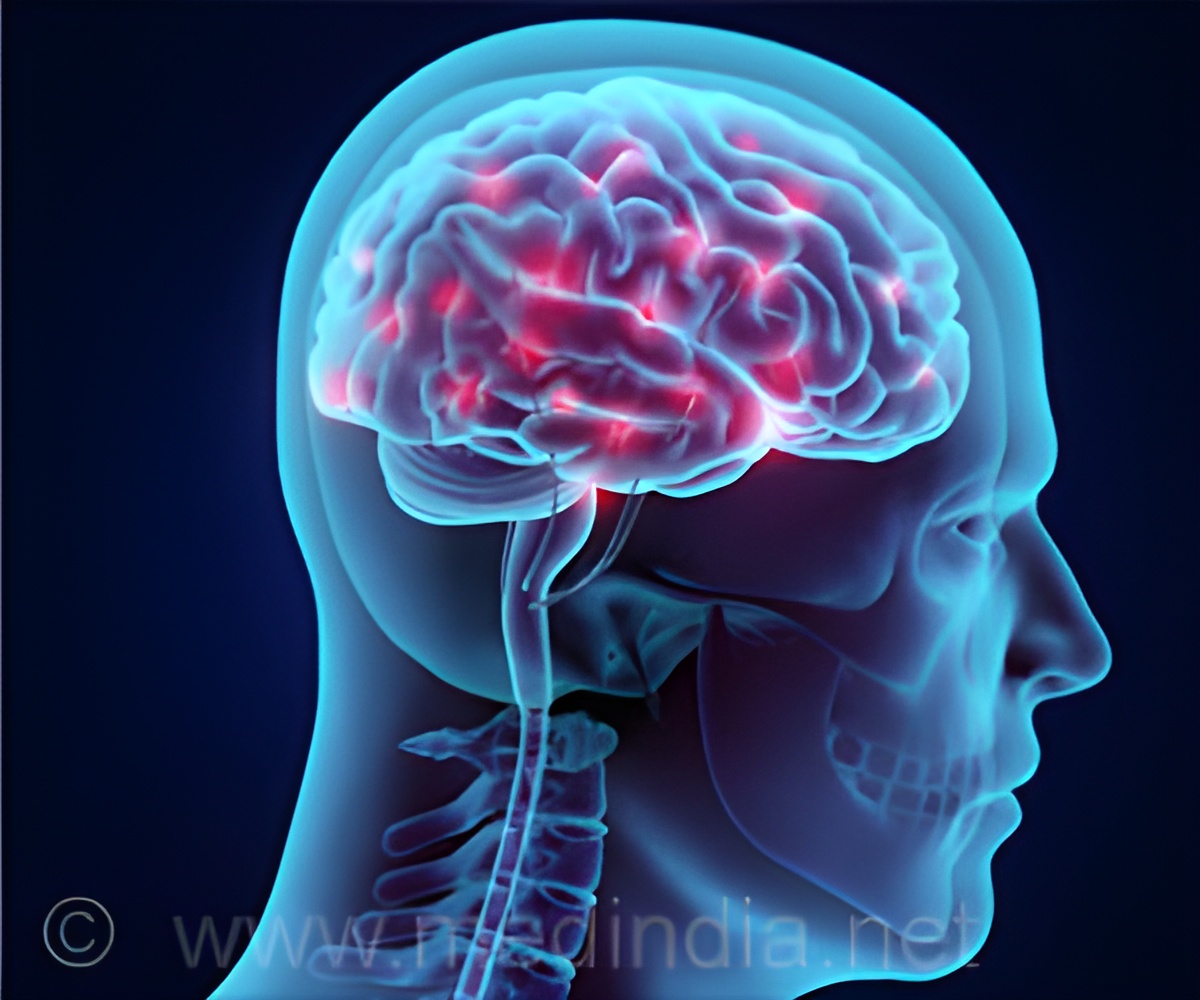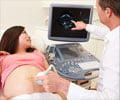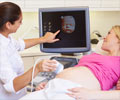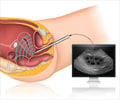
Parkinson’s Disease Patients Experience Reduction in Symptoms with Focused Ultrasound
Nearly 70 percent of patients in the treatment group were considered successful responders to treatment after three months of follow-up, compared to 32 percent in the control group who had an inactive procedure without focused ultrasound.‘FDA approval of focused ultrasound device that provides a novel treatment option for Parkinson’s disease without requiring an incision.’
Tweet it Now
Two-thirds of those who responded initially to the focused ultrasound treatment continued to have a successful response from the treatment a year later.These results were very promising and offer Parkinson’s disease patients a new form of therapy to manage their symptoms. There is no incision involved, which means no risk of a serious infection or brain bleeding.
About one million Americans have Parkinson’s disease, a neurodegenerative disorder that affects brain cells or neurons in a specific area of the brain that produces the brain chemical dopamine. Symptoms include shaking, stiffness, and difficulty with balance and coordination.
Other treatments for Parkinson’s include medications and deep brain stimulation (DBS) from surgically implanted electrodes. The medications can cause involuntary, erratic movements called dyskinesia as doses are increased to control symptoms.
Usually offered when medications fail, DBS involves brain surgery to insert the electrodes through two small openings in the skull. The procedure carries a small risk of serious side effects including brain hemorrhage and infection.
Advertisement
Focused Ultrasound Offers New Hope to Parkinson’s Disease Patients
Focused ultrasound is an incision-less procedure, performed without the need for anesthesia or an in-patient stay in the hospital. Patients, who remain fully alert, lie in a magnetic resonance imaging (MRI) scanner, wearing a transducer helmet.Ultrasonic energy is targeted through the skull to the globus pallidus, a structure deep in the brain that helps control regular voluntary movement. MRI images provide doctors with a real-time temperature map of the area being treated, to precisely pinpoint the target and to apply a high enough temperature to ablate it.
Advertisement
The FDA approval was based on findings from this study. The procedure is now widely available at the University of Maryland Medical Center (UMMC). However, it is not yet covered by insurance, including Medicare, so patients currently need to pay out of pocket for the procedure.
Focused ultrasound is only approved by the FDA to treat one side of the brain in Parkinson’s disease patients, so it may be more appropriate at this time for patients with symptoms predominantly on one side.
As home to one of the top movement disorder centers in the country, and one of only a few medical centers that offer focused ultrasound for Parkinson’s. The firsthand experience of technology’s impact on people’s lives has now started to show its presence.
Source-Eurekalert















